It’s 9 a.m. as my bus pulls into the stationm and I am greeted by what sounds like a bedsheet being ripped apart a millimeter from my ear.
Startled, I jerk upright to see a group of Hunan locals setting off a giant roll of firecrackers right by the coach for no obvious reason. Or maybe it’s just because they can. I’ve just arrived in Liuyang, Hunan province, the world’s capital of fireworks.
This city in China is the single biggest producer of fireworks on the planet, providing around 60% of China’s annual $600 million of pyrotechnic exports.
Liuyang lights up birthdays, weddings and independence-day celebrations in more than 100 countries across the globe. Odds are those bottle rockets stashed in your closet were made here.
Made in China, sold to the world

With more than a thousand factories, shops that cater to every tangential need of the industry and little kids running around throwing firecrackers like super balls, it’s hard to contain my excitement.
I have come to meet pyrotechnics-agent-to-the-stars Terry Winkle of Liuyang Flying Dragon Fireworks.
Winkle’s firm manufactures and supplies fireworks for some of the world’s best-known brands and if he can’t make it for you, he knows someone who can.
As we head to one of his factories we pass several impromptu pre-lunch displays along the side of the river. It seems that in Liuyang anytime is a good time to set a few fireworks off.
Keep your powder dry
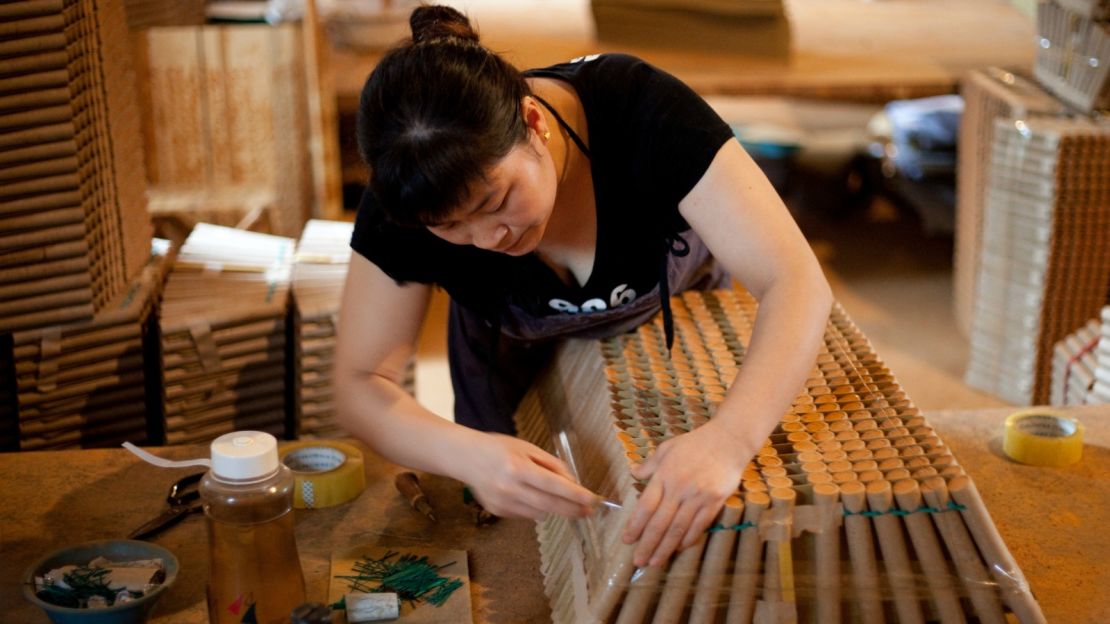
The factory is the pyrotechnic equivalent of Willy Wonka’s. Building after building is full of workers doing everything from making casings and packing clay plugs, to mixing chemicals and loading shells.
I begin to feel overwhelmed as my repressed boyhood fascination with fireworks is rekindled.
We start in the tube-rolling room, where the cardboard tubes that are staple components in the majority of consumer fireworks are made. All I can think is whether or not I’ll get to see where they mix the powder.
Winkle does not disappoint. We pass a giant “No Smoking” sign as we head into the restricted area.
He shows me the drying room, where rack upon rack of pyrotechnic effects called “stars” that look like balls of dark chocolate are gently heated to drive away solvents used in the mixing process.
“This is what a drying room smells like,” says Winkle as I inhale the heady odor of charcoal, acetone and sulfur.
Exploding cakes
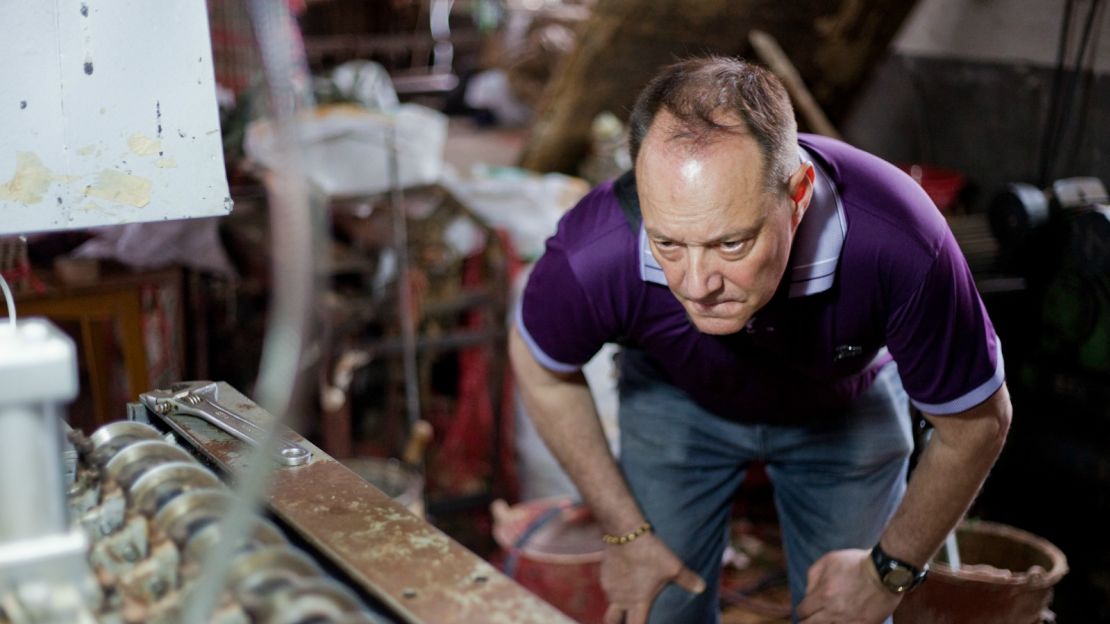
I try not to imagine what might happen if an errant spark were to enter the picture.
The factory is expansive, complete with work areas, a dining hall and a huge pond that supplies water to the plant and fresh fish to hungry employees.
We pass a giant tumbler being used to coat rice hulls with black powder, a traditional Chinese bursting charge for shells, before we head to an assembly room where tubes are fused and loaded.
Most of what Winkle makes are known as “cakes,” bundles of small mortar tubes that each fire off an effect or two. When the cake is lit they go off sequentially, creating a professional-looking display from a small box.
They are called “cakes” because the finished product, complete with colorful wrapping paper looks like, well, a birthday cake.
Finished cakes retail in the United States for about $10 to $100, depending on the size and type.
More bang for your buck
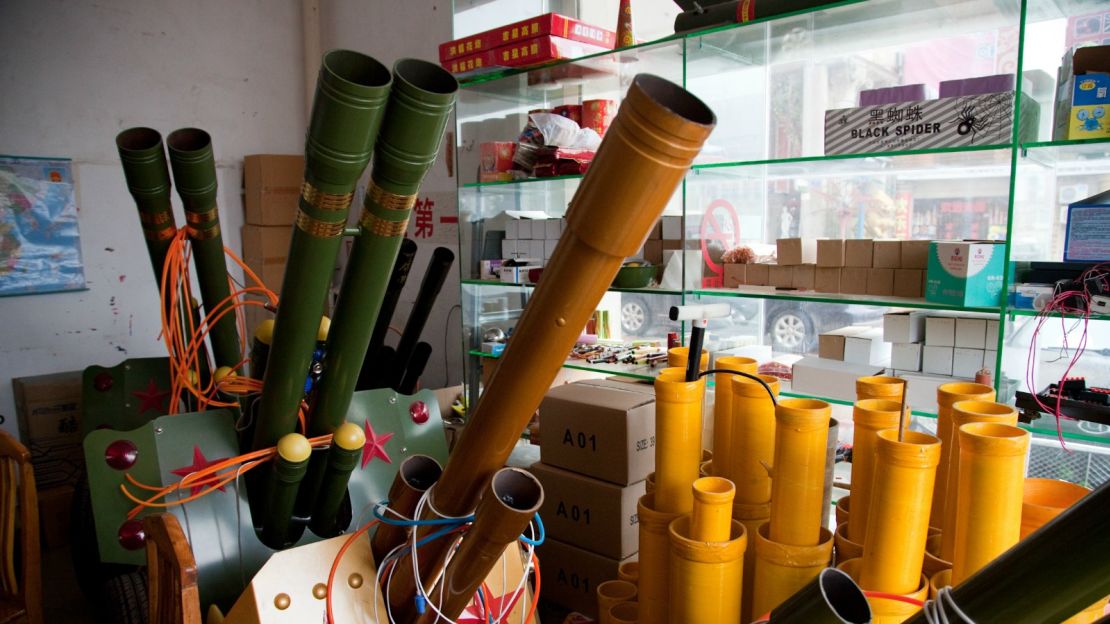
I visit several other factories, including one making larger display shells for professional use.
These can be anywhere from about five centimeters to a meter or more in diameter and are fired out of reloadable fiberglass launch tubes placed on the ground – the biggest shells can cost more than US$10,000 each.
Because Liuyang has so many factories, they tend to specialize in different things. Some just make black powder (a key ingredient) or fuses, while others make consumer items like bottle rockets and firecrackers.
Most work is still done by hand, predominately by women, at wages of $80-285 (RMB 500-1,800) a month depending on skill level, however amounts are steadily increasing.
Booming business
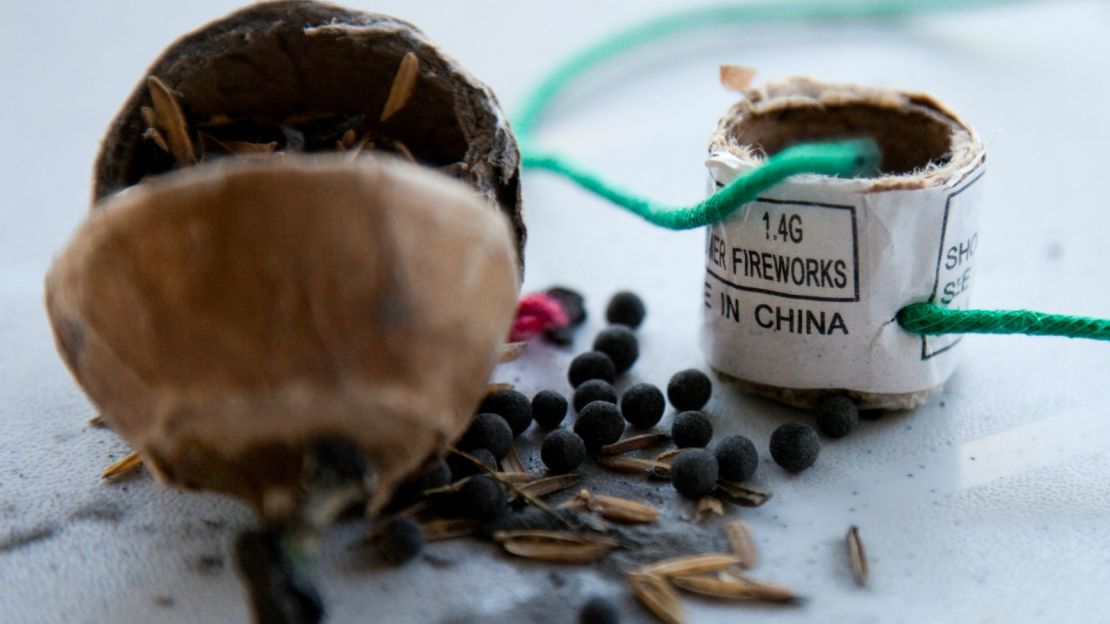
While these factories are nestled in the hills and safely separated from town, the city center is full of smaller operations that produce the machinery, tools and non-flammable components needed in the trade.
As Liu Zhourong, president of Changsha MeiTai Fireworks explains to me, about 60% of the region’s population is involved in the fireworks industry.
While I look out the window at his Mercedes-Benz, I realize that there really must be gold in pyrotechnics.
“Fireworks are the easiest way to get rich in Liuyang,” boasts the general manager, surnamed Xu, at nearby Sunrise Fireworks.
Exports a damp squib
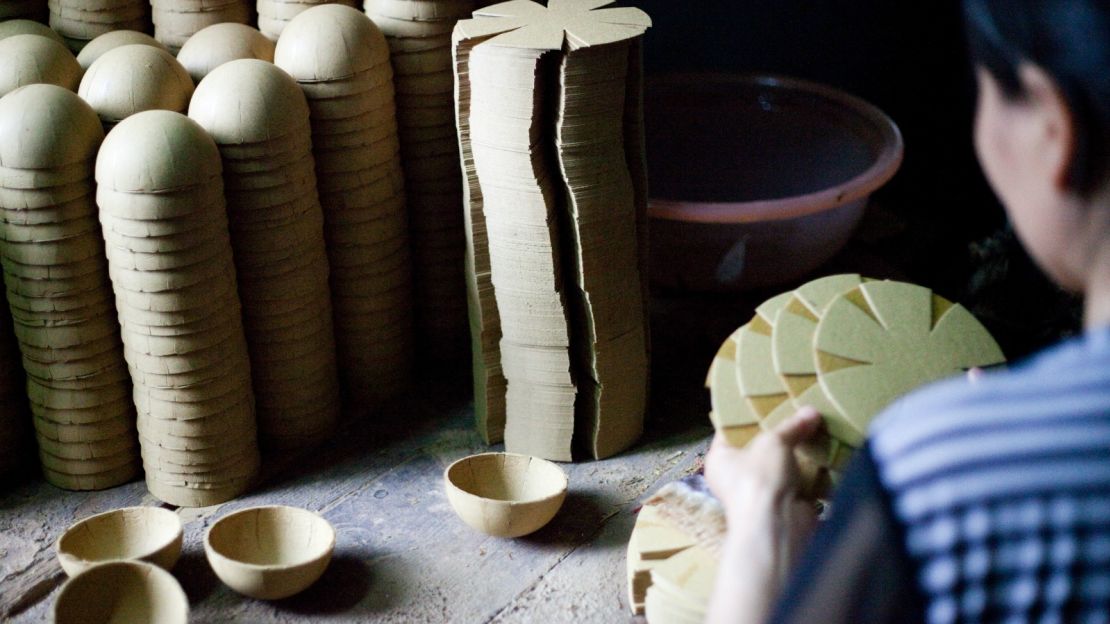
Business is certainly booming in Liuyang and while exports play a big part, it’s China’s growing domestic market that many factories are focusing on.
Chen Weilin, general manager at the Taipingqiao fireworks factory explains to me that 80% of their output is sold in China.
“Foreigners don’t use fireworks as much and the export process is complicated,” she notes.
“There have been a lot of good factories that have gone domestic-only because of all the rules and regulations that other countries are putting on,” comments Winkle.
Ch-ch-ch-cherry bombs
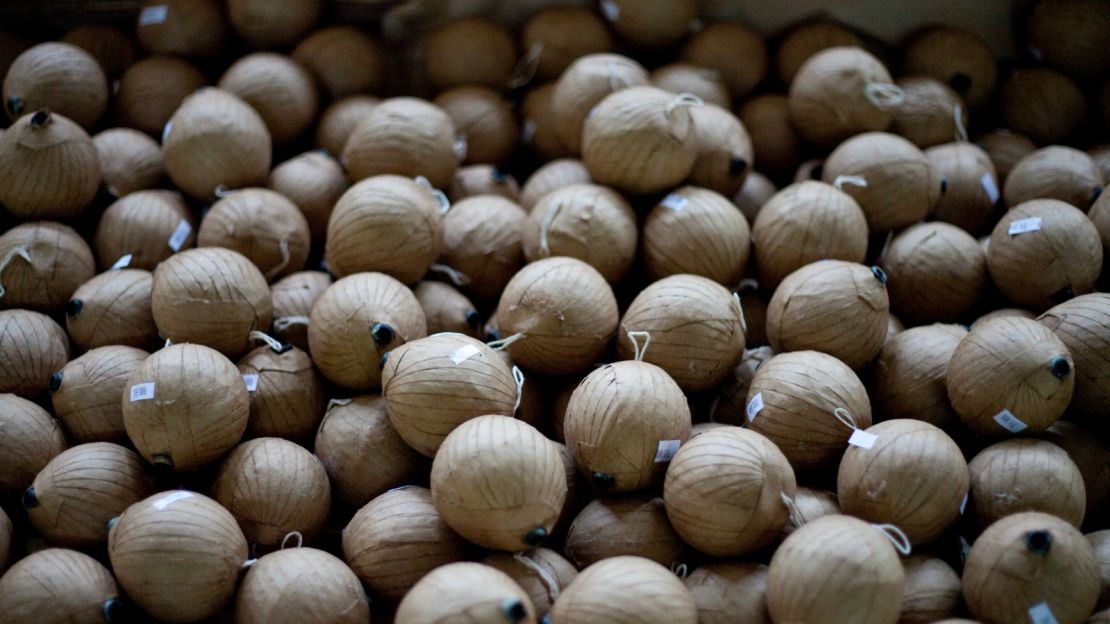
Because China’s regulations are more permissive than many Western countries, consumer fireworks aren’t just cheaper, they’re more potent.
Here it’s possible to find firecrackers several times more powerful than the legendary M-80 or Cherry Bomb you may have dreamed of back in the day.
Bigger selection, rising disposable incomes and legalization in major cities like Beijing, mean a lot of growth potential going forward.
Then there’s China’s Spring Festival or lunar New Year celebration – an orgy of pyrotechnic delights. “Around 40% of our revenue comes from Spring Festival,” notes Chen.
Long march to number one
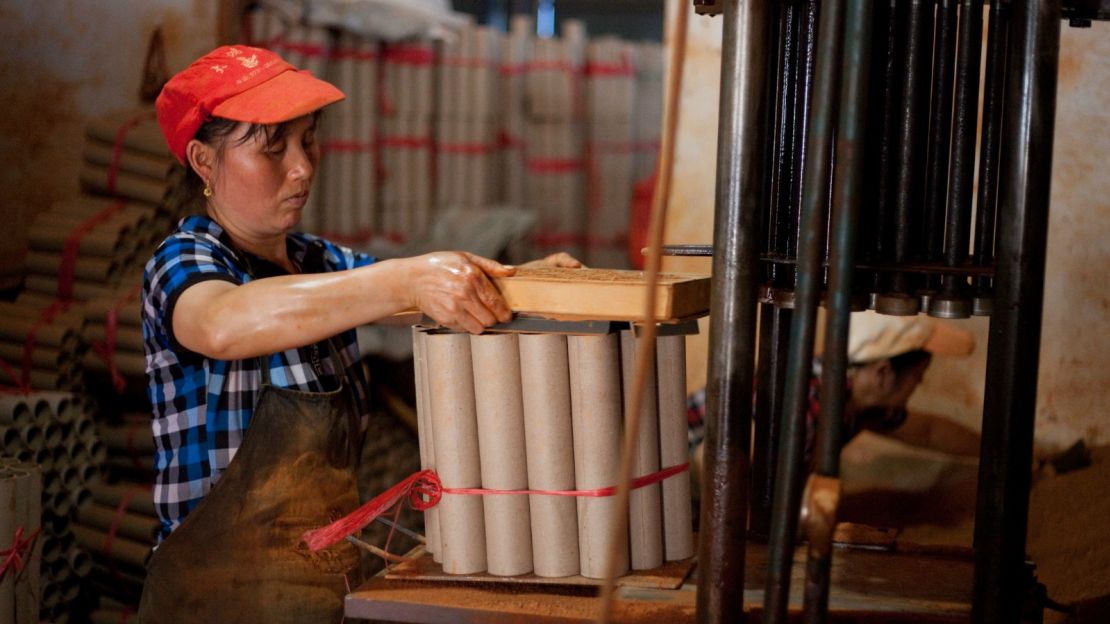
The Chinese credit Liuyang as the historical birthplace of fireworks.
A Tang Dynasty monk named Li Tian is said to have filled sections of bamboo with black powder, thus inventing the world’s first firecrackers in order to drive away evil spirits.
Liuyang’s people are clearly proud of this heritage – a dedicated fireworks museum stands in the middle of town.
However, Liuyang’s status as the world’s production capital is a fairly modern phenomenon.
While Liuyang was known for its family-made fireworks, particularly firecrackers, for much of the 20th century Western countries like the United States were big producers.
Like other cultural treasures, after the Communists took over in 1949, China’s fireworks tradition was thrown into turmoil.
During the Great Leap Forward and Cultural Revolution, new economic think from Mao subsumed Liuyang’s traditional workshops into sclerotic state-owned enterprises that stymied quality and innovation.
MORE: 10 of the world’s most fearsome firework displays
Rocket revival
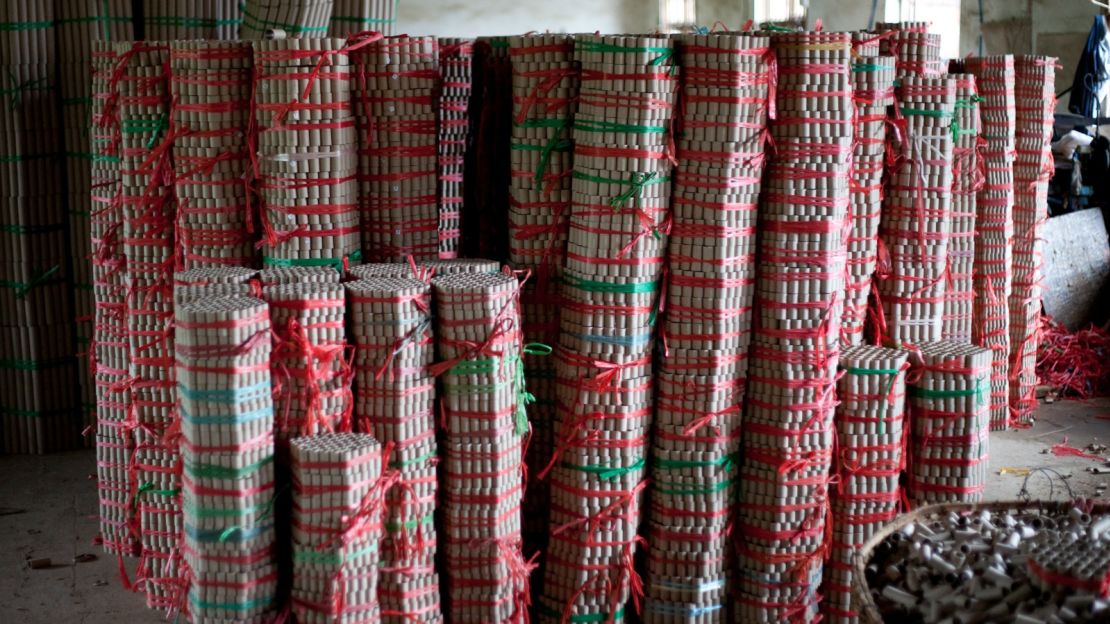
Incidentally, Mao was schooled in Hunan’s capital, Changsha, just 60 kilometers away from Liuyang.
It wasn’t until the opening of China, with Nixon’s visit in 1972, that the Chinese fireworks industry would see a serious revival and a transfer of accumulated Western know-how back to China.
Because fireworks are labor intensive and don’t require sophisticated manufacturing technology they became a rapidly growing export, with China’s state-owned Horse and Temple of Heaven brands being some of the first known to the West.
Today China produces 90% of the global supply.
However it was Guangdong province’s Dongguan, not Liuyang, that began to dominate China’s export industry due to its proximity to the Pearl River and the trade center of Hong Kong.
It wasn’t until the 1990s that pressures from urban development and a spate of deadly accidents encouraged a return to the birthplace of pyrotechnics.
Now that Liuyang has reclaimed its birthright, save for very specialized applications like stage fireworks, there is virtually no firework manufacturing left in the United States.
Accidents happen
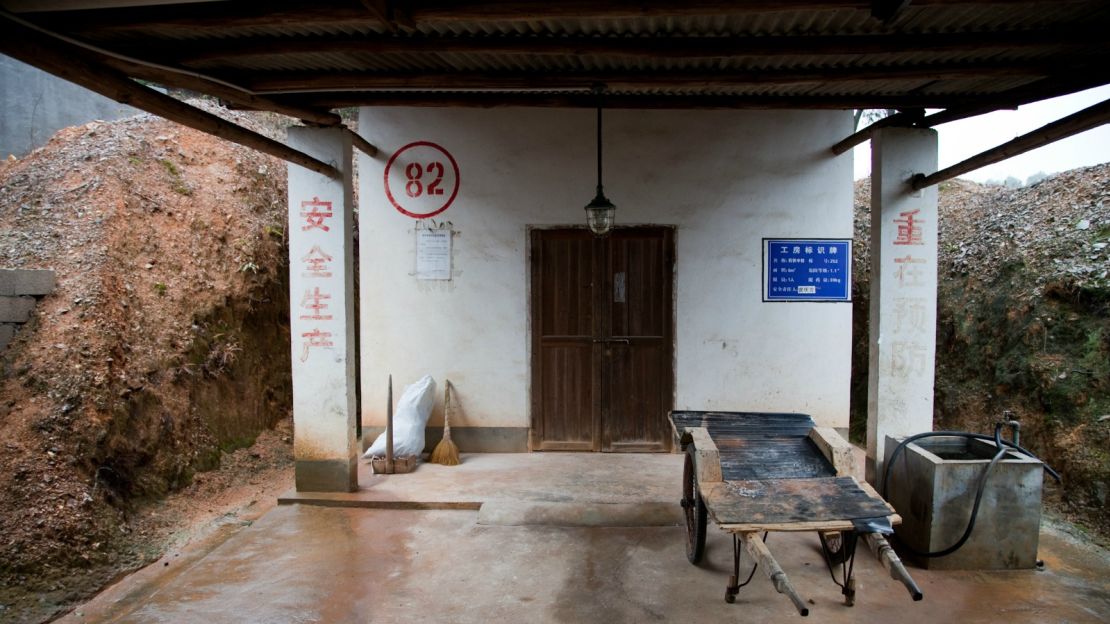
Although Beijing strictly regulates the manufacturing process and safety conditions have improved, accidents still happen from time to time.
“It’s better than it was … but they still have some problems with their production,” says Charles Weeth, Principal of Weeth & Associates, a pyrotechnic consulting firm.
One of the key safety methods employed is to have flammable chemicals stored and mixed in small bunker-like buildings built into hillsides that only house one worker at a time.
That way, if something happens, “it will take out only whatever is being produced right then, right there,” explains Winkle.
However, problems arise in loading and assembly areas, where there are often a number of workers together in close proximity.
“It is not so much that they’re not interested in worker safety, as much as it is tradition and resistance to change; keeping costs down and production up,” says Weeth.
“Beijing’s goal is to keep people working by any means necessary and that’s true whether it’s making fireworks or iPods.”
Rolling your own
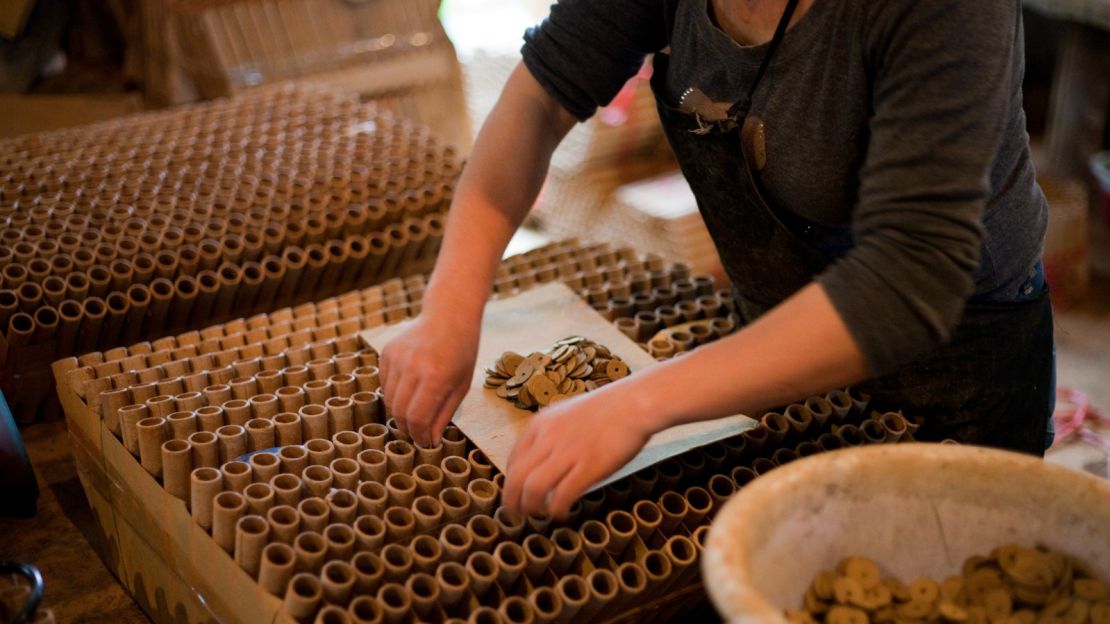
For serious pyromaniacs who want the Liuyang experience without the travel, a number of countries legally sanction making fireworks for personal use – amazingly, even in post-9-11 America (laws vary by state).
I spoke with Harry Gilliam, owner of Skylighter, a U.S. supplier of chemicals, components and information for Americans wanting to build their own.
“There’s probably between 35,000 and 50,000 people in the United States who make their own fireworks,” he explains.
However, Gilliam advises caution. “There’s nothing ‘safe’ about making fireworks. It’s not for everybody,” he says.
“People really ought to look long and hard and say, ‘is this for me, am I willing to take the risk?’… and, if so, go about it right and try to be as safe as possible.”
For those thinking seriously about taking up fireworks as a hobby, there are a number of organizations they can join, such as the Pyrotechnics Guild International, that can provide guidance.
American Fireworks News also offers a wide selection of informative books and videos on the subject.
A return to the West?
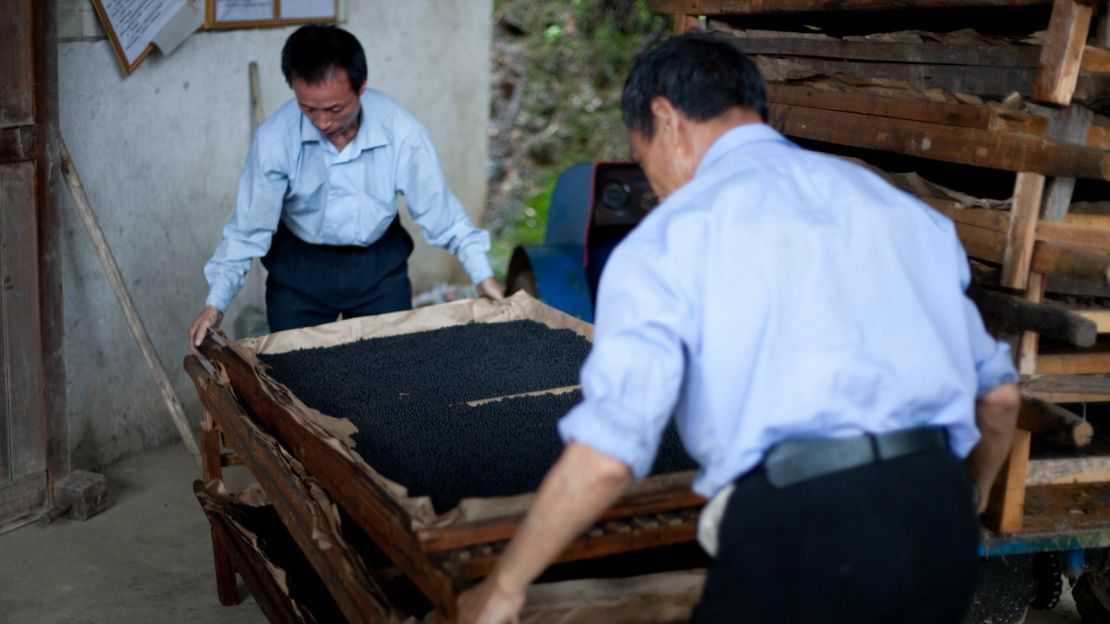
China’s rapidly aging population means that in the future there will be a smaller labor base for manufacturing.
Although the production process will undoubtedly become more mechanized, this labor shortage, along with an appreciating currency and high transportation costs, have some asking if there will be a revitalization of pyrotechnic manufacturing in the West.
“There’s always talk about resurgence in production here in the United States,” says Weeth.
“But many of the facilities that used to manufacture fireworks are old and would have difficulty meeting modern safety standards. Also knowledge in production is just not what it once was.”
With its confluence of talent, infrastructure and history it seems that for the foreseeable future the world’s birthplace of fireworks will remain its capital.
As I come back from Liuyang I find myself worrying that I won’t be returning to the United States anytime soon either.
There are a lot of career options in China and I can’t help feeling that fireworks would be one of the coolest, as another salvo of Liuyang shells bursts above the river in front of me. Boomtown indeed.
Getting there: Liuyang can be reached easily from Hunan’s capital, Changsha, which hosts a public display of Liuyang’s output every Saturday night around 8 p.m. on Orange Island.
Changsha is served by high-speed rail from Shenzhen/Guangzhou (about three hours, around $43.50 (RMB 300)), with air links to major Chinese cities and select international destinations in Asia (airport code CSX).
Buses for Liuyang depart frequently from Changsha’s East Bus Station (90 minutes, about $3.50 (RMB 25)) or take a taxi directly from the airport.
Liuyang’s Chinese Fireworks Cultural Museum is open six days a week from 9 a.m.-5 p.m., admission $4.30 (RMB 30).
Jerry Redfield III also contributed to this article.
Editor’s note: This article was previously published in 2012. It was reformatted and republished in 2017.
